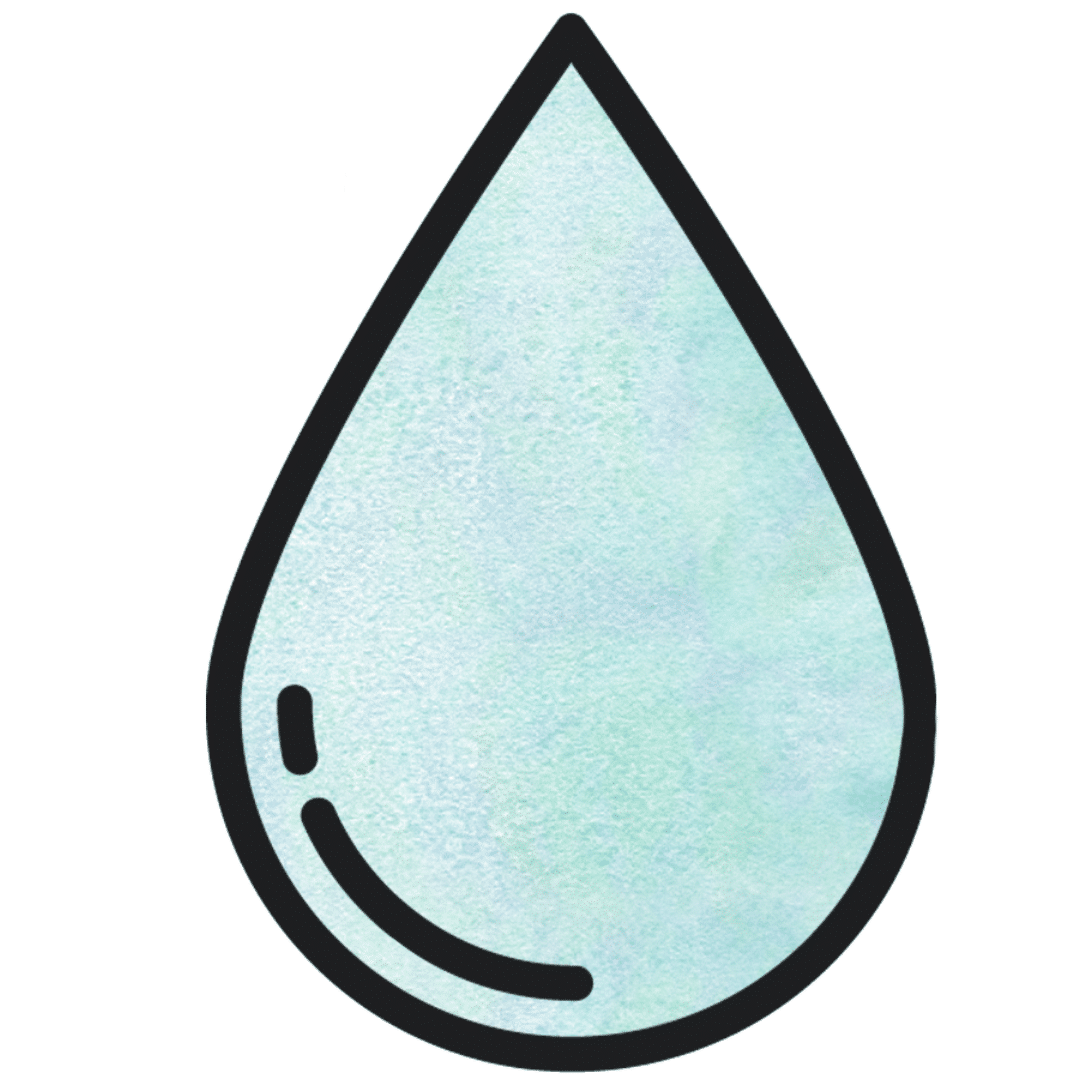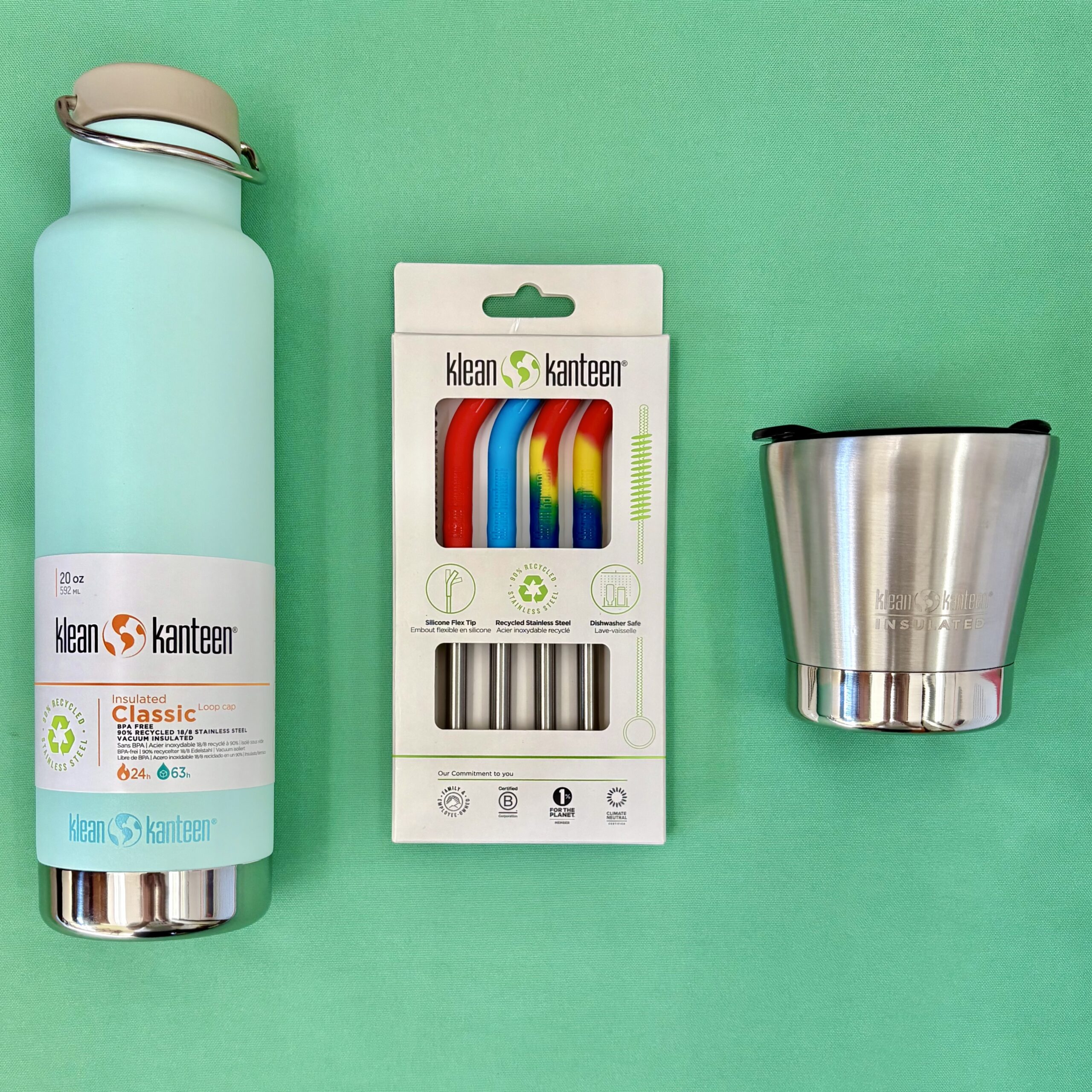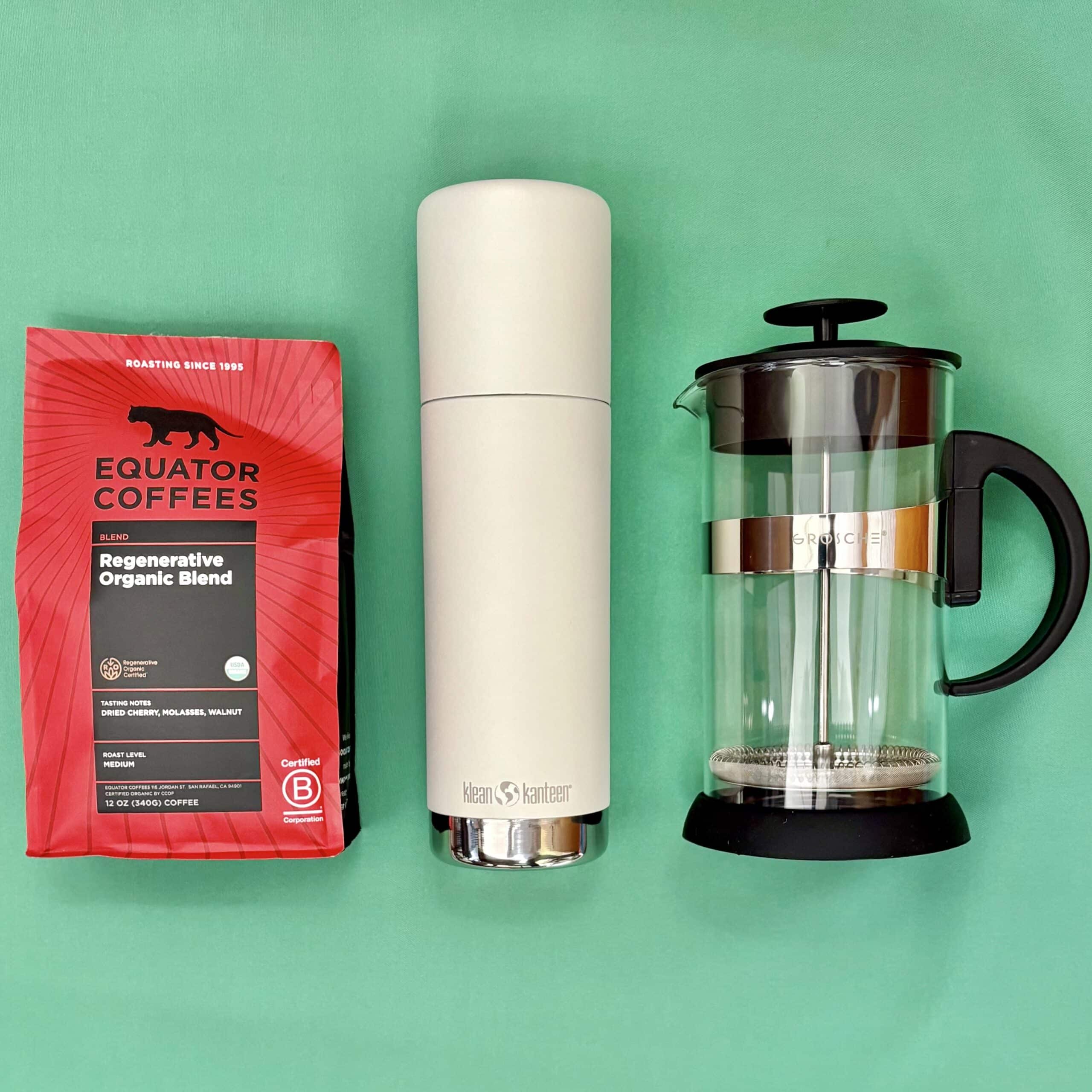
Water is the foundation of life. Every sip we take, every crop we grow, every ecosystem on Earth depends on it — yet inequality, pollution, and climate change are putting this most essential resource at risk.

Rising temperatures fuel droughts that drain rivers and reservoirs. Floods overwhelm communities and contaminate wells. Harmful chemicals from agriculture, industry, and everyday products seep into waterways and groundwater. PFAS, man-made “forever chemicals” found in non-stick cookware, waterproof fabrics, and stain-resistant materials, are now detected worldwide, posing serious threats to public health and the environment. In response, communities, governments, and companies are working to phase out PFAS, strengthen regulations, and develop safer alternatives to protect water and health.
As climate change strains the world’s clean water supply, the need to confront environmental inequality has never been greater. Water injustice is not only about scarcity, it is about power. The very systems meant to safeguard vulnerable communities are too often underfunded, inaccessible, or entirely absent.
This inequity plays out in every corner of the globe. In Bangladesh, rising seas push saltwater into farmland and wells, destroying crops and leaving families with nothing safe to drink. In Mexico City, an aging water grid loses over 40% of its supply to leaks, while millions go without reliable access. In the United States, over three-quarters of federal water violations occur in systems serving low-income or marginalized communities. In Somalia, armed groups weaponize control of water, cutting off entire communities from survival.
In the face of crisis, solutions are flowing! Water is Life delivers innovative filtration technologies to communities without safe water, turning contaminated sources into life-giving ones. Environmental Working Group arms the public with research, data, and interactive tools, like the Tap Water Database, to expose contaminants in local water supplies and push for stronger protections. Together, they show that grassroots action, public awareness, and policy change can protect water sources, restore ecosystems, and safeguard human health.
The water crisis is urgent — but not unsolvable. With innovation, justice, and collective will, we can ensure that clean, safe water is accessible to all for generations to come.
RESOURCES
CHALLENGE
Every meal we eat has a hidden “water footprint” — the total amount of water used to grow, raise, and process its ingredients. Some foods, like beef or almonds, require thousands of liters of water per serving, while others, like beans or seasonal vegetables, need far less. Understanding this impact can help us make choices that conserve one of Earth’s most vital resources.
With water demand rising and supply shrinking, we all share responsibility for managing it wisely. Most of the water we use is hidden in the food, clothing, and products we consume — our ‘indirect’ or ‘virtual’ footprint — which makes up about 96% of total use.
Millions of people around the world are denied access to safe, clean water because of pollution, aging infrastructure, and inequitable resource distribution. These injustices fall hardest on low-income, rural, and marginalized communities, deepening health risks and climate vulnerability.

Each Greener Winner will receive:

Each Greenest Winner will receive: